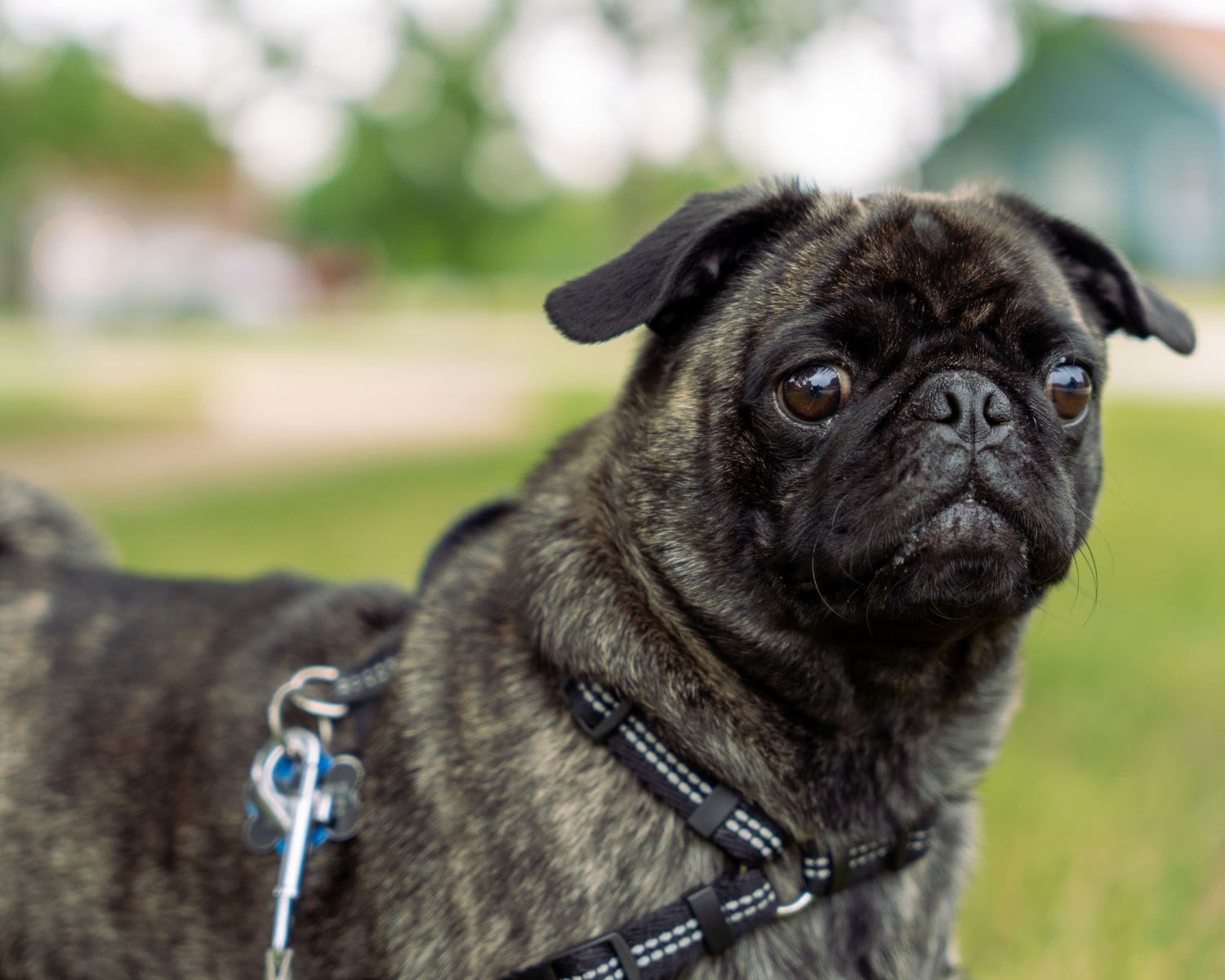Dogs are intelligent, social creatures and training provides them the tools to lead safe, happy, and enriched lives and deepen bonds with their humans and other animals. No two dogs are identical, so their training instruction should be tailored based on health, age, personality, breed, lifestyle, and specific tasks.
Training Methods
We are constantly learning more about how dogs perceive rewards and punishment, their psychology, and their relationship with their owner and other animals. Consequently, through the years training methods and tools have evolved. Here are some of the most common training methods:
Positive Reinforcement:
This type of training relies on positive reinforcement to increase the probability the desired behavior will occur. Did your dog sit on command? Give a tasty treat! Come when called? Load on the praise!
Some trainers will use a clicker in addition to a reward when a dog performs the behavior. The dog will learn to associate the “click” with the behavior and reward with consistency and practice. Over time, they get the same dopamine release from the click as a food reward, conveniently shaping behaviors for zero calories.
Operant Conditioning:
Operant conditioning utilizes the principles of differential reinforcement of alternative behaviors, negative reinforcement, negative punishment, and positive punishment.
· An example of reinforcing an alternate behavior may be rewarding your dog who stays put on its bed when the doorbell rings. By encouraging that behavior with a treat, you are making the alternate, less desirable behavior of rushing the door less likely to occur.
· A counter-surfing dog who steals food from the table could be negatively reinforced by removing all food, so there is no more motivation to surf.
· One common form of positive punishment is the electronic collar. For example, the dog receives a shock or stimulation when barking. With the hands of a professional trainer and the right dog, e-collars can eliminate unwanted behaviors and train desired ones. They also can tremendously cause psychological and physical harm to a pet if misused and should only be considered if guided by a professional.
Dominance Training:
Dominance-based training has declined in popularity in recent years. This method is based on studies of captive wolf packs, which may not resemble the social structures of domesticated dogs at home. Owners must be the “alpha” of the household – going first through doorways, denying pets access to furniture, and never meeting them at eye level. The philosophy behind this method works to curb bad behavior in some dogs but does little to identify the root cause of the behavior, which can lead to stress and fear in the pet.
The Most Popular Training Method:
The most popular and effective training method combines positive reinforcement with operant conditioning. The Certification Council for Professional Dog Trainers relies predominantly on this training method. The council determined that dogs respond best to the “most positive, least intrusive” strategy to achieve training goals or alter behaviors. Professional trainers often start with the question, “What do you want the dog to do?” and employ humane tactics in a hierarchy to achieve that goal.
Keys to Successful Training
Age-Appropriate Activities
Puppies have shorter attention spans than older dogs, so the key to their training is to keep it fun and engaging. They typically stay engaged for up to 5-minute periods, interspersed with naps and physical exercise.
Tips for training puppies:
· Use kibble or tiny treats to reward actions.
· Work with your pet 3-4 times daily.
· Use walks to practice skills and commands.
Older pets are just as teachable as young puppies. However, motivation, agility, and endurance may differ due to joint, vision, and hearing changes. Also, remember that an older pet who is new to your home may have had past experiences that impact their behavior and openness to some training methods. For example, a dog that a previous owner loudly scolded might be frightened of loud noises, even if in the form of praise. When working to change the behaviors of an older pet, such as destructive chewing, biting, resource guarding, or jumping, it may be best to work with a professional one-on-one.
Choose the Right Environment
The environment for training should be conducive to successfully teaching a skill by adding or eliminating distractions or cues. In some cases, this may mean bringing your pet to a group class if the skill you’d like to teach is recalled in the presence of other pets.
In other cases, it may mean individualized training to teach tracking and beginning training with a high-value, pungently scented object. Are you trying to stop your dog from barking at the mailman? By closing the blinds, you’ve altered the setting, eliminated the stimulus, and changed behavior in a minimally intrusive way!
Be Consistent
Whether you hire a certified dog trainer, do it yourself, or attend a group class, consistency and follow-through are essential. Have every member of your family involved in training, so your pet receives reliable cues, responses, and outcomes each time they perform a behavior.
Dog Training Advice from Dr. Lisa
At Pet Butler, we want you and your pet to live your best and healthiest lives, which is why we offer pet waste removal and other services year-round. With 1 gram of dog poop containing 23 million fecal bacteria, scooping your pet’s poop regularly is crucial to your family’s health. We offer weekly, bi-weekly, monthly and one-time clean-up services to work with your schedule and needs.


